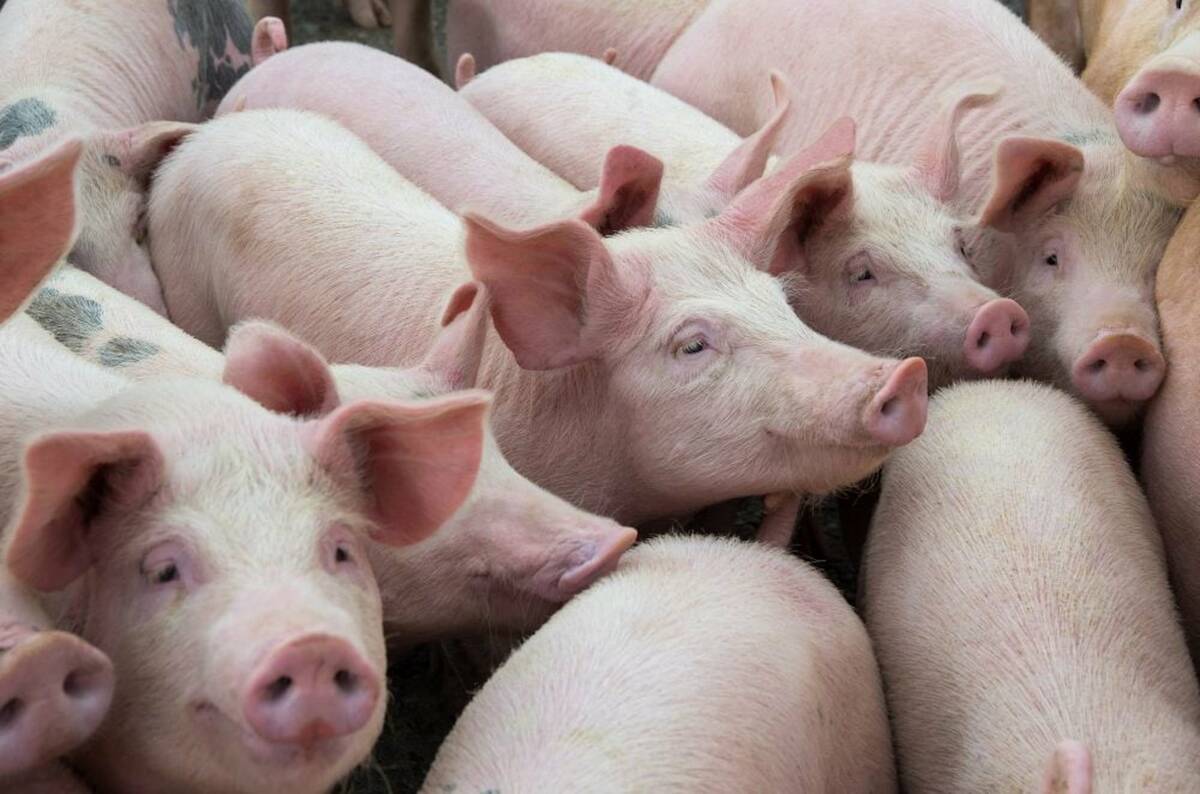MarketsFarm — While extreme weather differences in Brazil remained the main focus of the Chicago Board of Trade’s attention, increased imports by China were becoming another major factor, according to Terry Reilly, senior agricultural specialist for Marex in Chicago.
“People are watching China’s increased demand for soybeans, wheat and potentially corn,” Reilly said, noting the U.S. dollar was at a three-month low and made U.S. exports more attractive.
“China is also interested in Canadian durum,” he added.
Read Also

U.S. livestock: Hogs rise ahead of ‘Hogs and Pigs’ report
Chicago cattle futures continued to inch upward on Monday. Hogs also rose in anticipation of Tuesday’s Hogs and Pigs report….
As for Brazil, Reilly stated that despite the severe dryness in the country’s north and the intense wet conditions in the south delaying the planting of soybeans and corn, the former remained on track for a record harvest.
“Regardless of you being 155 million tonnes or 165 million tonnes for the bean crop, it’s still a very large crop,” he said.
Due to those delays seeding the Brazil soybean crop, Reilly suggested there was the possibility of fewer corn acres being planted for its second crop.
“When you push back the second corn crop it does make it more vulnerable to weather problems,” he stated, pointing to the crop running into Brazil’s dry season.
However, he said improved soybean and corn production in Argentina, compared to last year, was likely to compensate for any reductions in Brazil.
Reilly mentioned a few bullish factors that could drive up commodity prices, especially those for wheat. He said the heavy rainfall in Australia’s state of New South Wales is likely to curtail the quality of the wheat crop. As well, he pointed to wet conditions being a problem in the European Union, such as parts of its western region.
“All this coupled with the great unknown of what’s going on in the Black Sea,” he said.
Reilly stressed not to buy into rumours that Russia plans to impose a total ban on its wheat exports in 2024 but said there could be some restrictions should domestic supplies get too tight.
However, he said Russia had a large wheat carryover going into 2023-24, and then the country harvested a bumper crop.
“If they do something, they will probably limit the amount of wheat [exports] towards the backend of the crop year,” Reilly said.
As for the December supply and demand estimates (WASDE) from the U.S. Department of Agriculture, he said it will most likely be a “benign report.”
“But there could be potential changes to South American production because of the unfavourable weather in Brazil,” Reilly said.
USDA is scheduled to publish its next WASDE report on Dec. 10.
— Glen Hallick reports for MarketsFarm from Winnipeg.















